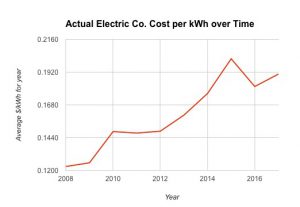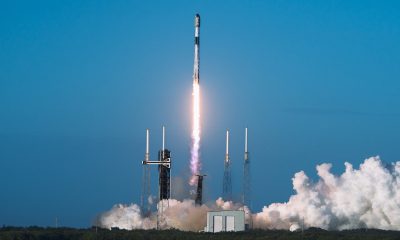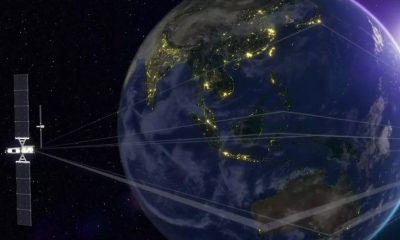News
Report: Solar savings through a SolarCity residential system
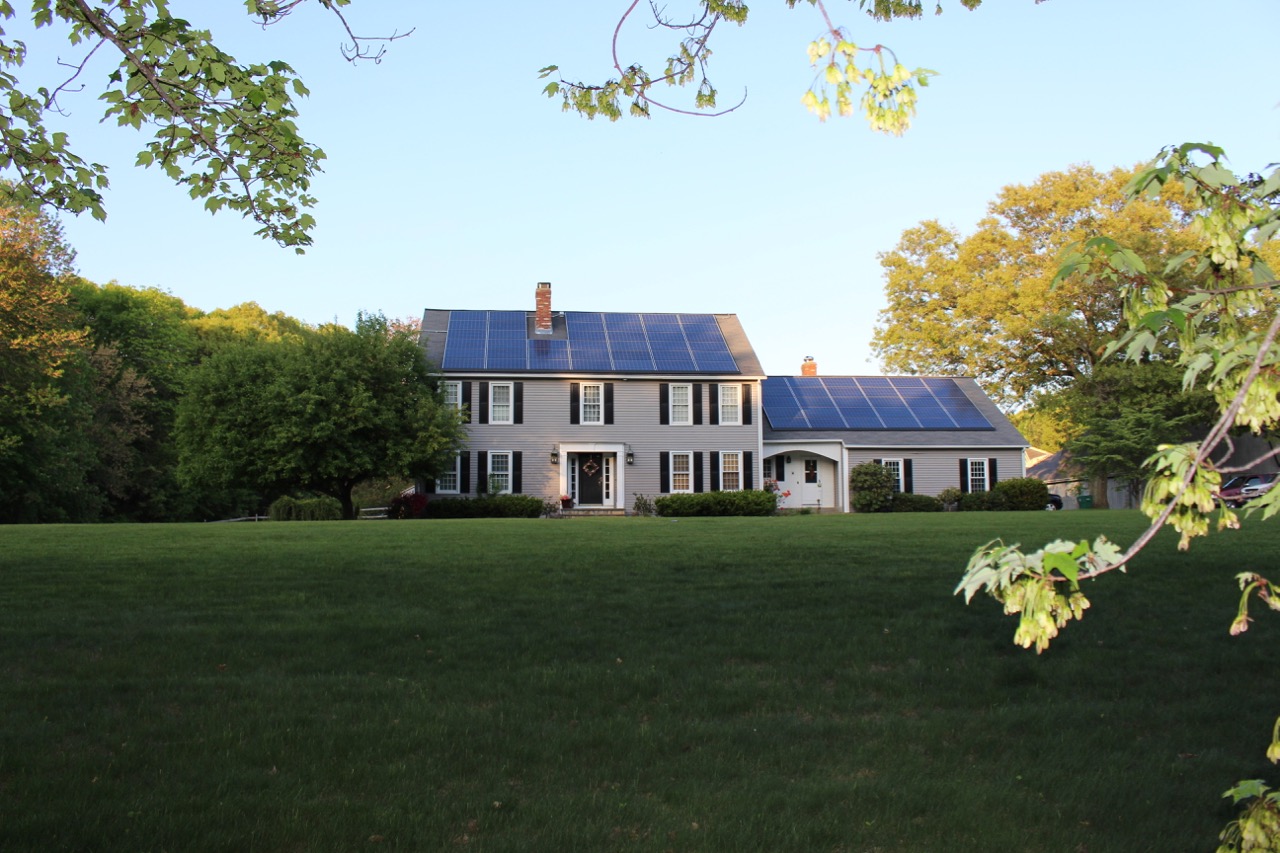
Having limited winter daylight hours combined with snow covered rooftops doesn’t make for good check out my huge solar savings conversation this month. But putting that aside, the overall economics behind my solar system tells a far greater story.
If you’ve been following along, you’ll recall that my journey with installing a SolarCity system dates back to late 2014. My system consists of 69 panels at 255W each for a total of 17.6kW (more specs on the system can be found on my Solar Generation page).
Solar Pricing
Massachusetts Electricity prices having been rising at approximately 9.5% year-over-year since 2008. When I started with SolarCity, my electricity price was set at $0.1627 per kWh including delivery, supply and taxes. Prices have continued to climb as seen on this chart.
The state went through a fun over-inflation and correction period in 2015, but the current rate I’m paying for electric is $0.1906 kWh with the best supplier I can find.
SolarCity sets their Power Purchase Agreement (PPA) prices based on your current electricity usage and comparable rates for the area that’s receiving their solar system. I had a number of options when I signed up including a variable rate, a fixed rate and an outright purchase but ended up opting for a 20-year fixed rate plan at $0.1420 kWh.
The way the PPA plan works is that I pay $0.1420 for every kWh generated by the SolarCity panels. The kWh they generate offsets the electricity I would consume. My savings initially worked out to be a difference of $0.0207 kWh or approximately 13% less. Recent savings have been in the $0.0486 kWh mark, or 25%, helped by the rise in electricity rates from utilities.
I incurred no installation or service costs when first setting up my SolarCity system, hence my entire cost for set up is based on the amount of power generated at $0.1420 kWh.
Affiliate: Get a solar cost estimate and find out how much solar can save for your home and business in your area.
Solar Costs
In the last 22 months, I’ve generated a whopping 33.8 MWh (33,800 kWh) of power. My cost for that was $4,800. The SolarCity bill will fluctuate depending on the amount of daylight hour and weather conditions.
In that same period, my electric company reported that I used 23,800 kWh of power. Since the solar power offsets that amount, my actual power use for those 22 months was 57,600 kWh — I use a lot of power between my Tesla, pool, A/C and other electronics we have throughout the house.
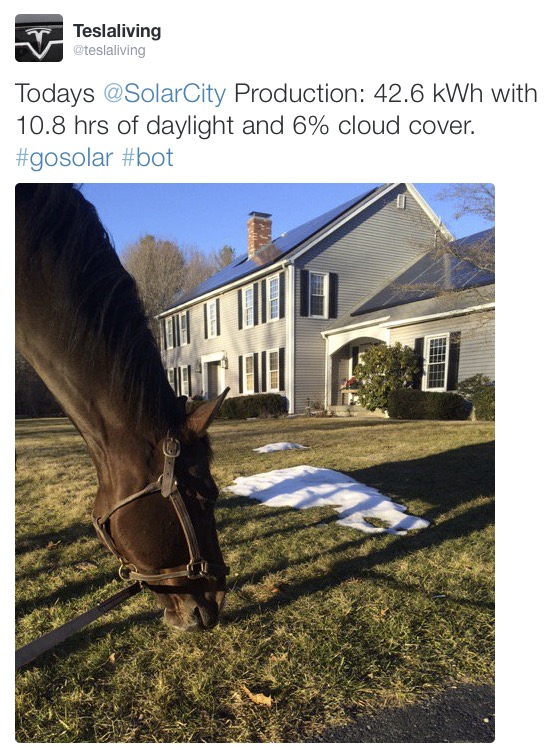
Follow @Teslaliving
About 59% of the power I need for my house and my Tesla comes from my SolarCity system. I wanted a system that could cover 100% of my needs but National Grid (local electric company) blocked that.
For the 23,800 kWh I purchased from the electric company, I paid $4,595, or $0.1930 kWh (averaged over the 22 months). My total electric cost (money paid to electric company and to SolarCity) for the 22 months was $9,395 or about $427/month.
While I consume a lot of power, 59% of it is provided by the sun.
Solar Savings
When I first signed up with SolarCity, they provided a $1,000 bonus if you registered for a solar system after buying a Tesla. That’s what I did and that’s how I received my $1,000 check form SolarCity.
They also had a referral program at the time which credited you with $250 for each person that signed up for a new system. I managed to get one referral and one more check from SolarCity.
All in all, I started 22 months ago with no money down and $1,250 in my pocket and a nice new solar system on my house. Not a bad start!
Had I purchased all my power from my electricity company at the average of $0.1930 kWh it would have cost me a total of $11,117. But thanks to SolarCity, my total cost was $9,395, so my savings was $1,722 over the 22 months. I expect savings and solar benefits will continue to grow over the next 20 years as the electric company continues to raise their rates.
SolarCity doesn’t fully capture the amount of savings that can be had through their system since the initial quote is based on current electricity rates, at the time of the quote. Rates climb over time especially in dense urban areas.
My savings thus far has been more than twice the amount SolarCity originally outlined! Now, if we add in the referral checks, my savings goes up to $2,972. The referrals don’t necessarily scale over time and may get updated so that needs to be factored into the equation.
Summary
For no money down and no risk, I’ve saved about $3,000 in just under 2 years (27% of what I would have paid) while generating green energy and taking load away from an already overloaded power grid.
When I did the math before signing up I knew the system would be a good deal and I’m very happy to see the results proving out. Since I’m on the power purchase program, I don’t have to worry about equipment depreciation, loss in solar cell effectiveness over time (I only pay for what they generate) or a whole slew of other things. By the time my plan is up, much better systems will be available.
If you’re interested in exploring solar power for your house and have enjoyed my posts thus far, please consider using my referral link to get started. SolarCity will do a free analysis of your situation and let you know if a solar system may work for you: share.solarcity.com/teslaliving
May the Sun be with you!
Elon Musk
Tesla CEO Elon Musk teases Optimus job that’s straight out of Robocop
“If somebody’s committed a crime, we might be able to provide a more humane form of containment of future crime. You now get a free Optimus, and it’s just going to follow you around and stop you from doing crime.”
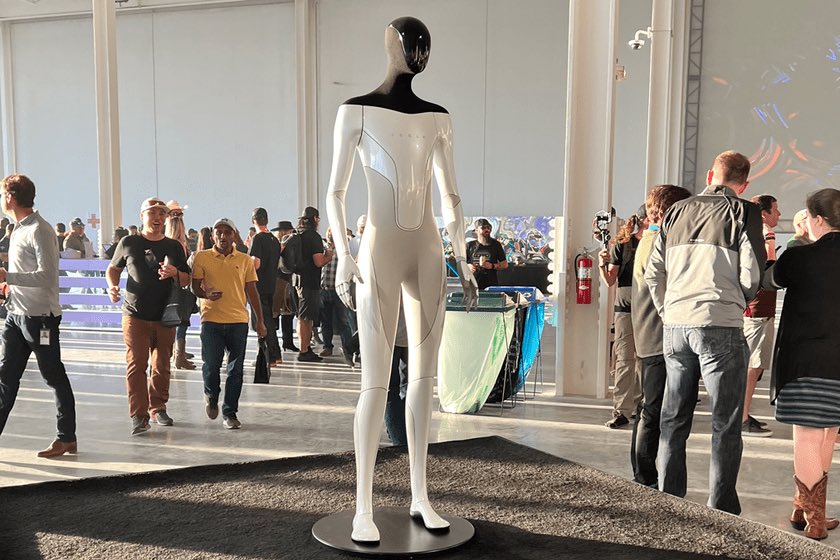
Tesla CEO Elon Musk teased a potential job for the company’s Optimus robot last week that is straight out of the movie “Robocop.”
“Robocop” aimed to show a futuristic look at law enforcement in a Sci-fi thriller that was among the first iterations of how robots could be used for police work.
The 1987 film showcased an injured cop turning into an armed cyborg, and although Tesla’s Optimus won’t be a human-robot hybrid, Musk’s idea for the humanoid project is similar.
Musk said last week at the Annual Shareholder Meeting, where shareholders voted to approve his $1 trillion compensation plan, that Optimus could be the future of law enforcement, nearly revolutionizing the way criminals are prosecuted.
He hinted that Optimus could actually be used as a chaperone of sorts, arguing that it was a “more humane form of containment of future crime.” Musk said:
“If somebody’s committed a crime, we might be able to provide a more humane form of containment of future crime. You now get a free Optimus, and it’s just going to follow you around and stop you from doing crime. Other than that, you get to do anything; it’s just going to stop you from committing crime. That’s really it. You don’t have to put people in prisons and stuff. It’s pretty wild to think of all the possibilities, but I think it’s clearly the future.”
Elon Musk: With Optimus, we might be able to stop putting people in prison.
“If somebody’s committed a crime, we might be able to provide a more humane form of containment of future crime. You now get a free Optimus, and it’s just going to follow you around and stop you from… pic.twitter.com/Y8E2ToyNkd
— ELON CLIPS (@ElonClipsX) November 10, 2025
Musk’s overall idea for Optimus is to change the way people are able to exist, from those law-abiding citizens to others who have their run-ins with the law. Instead, the Tesla CEO believes there could be a different way to handle everything, including punishment.
It was not the only thing that Musk indicated could be changed significantly by the presence of humanoid robots, as he also said a universal basic income could be established with the help of products like Optimus.
Elon Musk
Elon Musk teases huge merger: ‘Trending towards convergence’
“My companies are, surprisingly in some ways, trending towards convergence.”
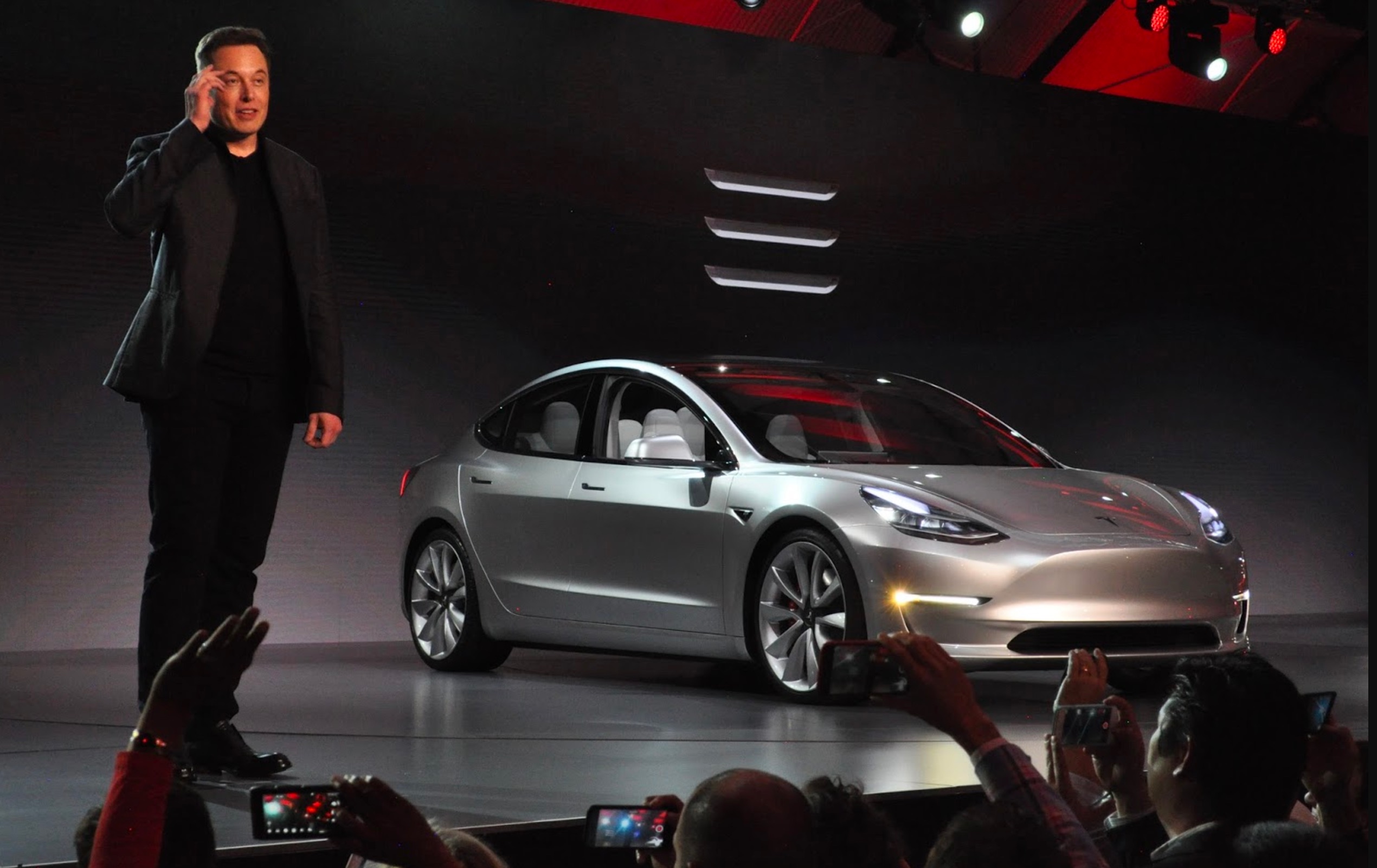
Elon Musk recently amplified the thoughts of Morgan Stanley analyst Adam Jonas, who had insight into the “Muskonomy” of his potentially interconnected ventures, something that was proposed at the recent Tesla Shareholder Meeting with xAI.
Musk’s words indicate a potential strategic fusion that could serve as a blueprint for future innovation–but it is dependent on a conglomeration between the many entities the CEO serves.
As Tesla grapples with scaling Optimus and preparing for its imminent production and the development of the Full Self-Driving suite, xAI’s computational edge could provide leverage for the millions of miles of data the company accumulates, providing a more stable and accurate development strategy for the autonomous and AI efforts it has put its chips all in on.
After Tesla Shareholders voted to deny Tesla and xAI’s potential financial partnership through an investment, Jonas said it was an issue that would have to be revisited due to its importance.
xAI has the opportunity to provide an incredible strategic and financial bolstering to Tesla, especially with how important a role data plays in the development of the company’s biggest products.
Jonas wrote in a note to investors:
“They’re gonna have to revisit this. We don’t think investors understand just how important xAI is to Tesla and the broader Muskonomy. Tesla’s relationship with xAI (financially and strategically) is deterministic to the long-term success of Tesla due in part to the natural synergies of data, software, hardware, and manufacturing in recursive loops. The values (and value systems) of both Tesla and xAI are endowed by the values of their shared creator. We believe this co-determination becomes more obvious in the next phases of physical AI/ autonomy for Tesla in the year ahead.”
Musk said, in response to Jonas’ note, that his companies are “surprisingly in some ways, trending toward convergence.”
My companies are, surprisingly in some ways, trending towards convergence
— Elon Musk (@elonmusk) November 10, 2025
Mergers and shared ecosystems between companies are not new moves out of Musk’s playbook, as it has been done in the past, especially with Tesla acquiring other entities.
It did it with SolarCity in 2016 and with Maxwell Technologies in 2019. Investments between Musk companies have occurred before, too, as SpaceX dumped $2 billion into xAI last July.
He’s also said on several occasions that he could eventually bring everything together into some sort of single entity. In July 2024, he said:
“I’m not opposed to the idea in principle, but I’m not sure there is a pragmatic or legal way to merge them. There is also value in equity incentives of people at the companies being tied to that company’s accomplishments.”
This point is especially relevant now with Musk’s recently approved compensation package.
He also said in June, during an interview with CNBC , that “It’s not out of the question” for xAI to merge with Tesla, but it would have to be approved by shareholders. Just a few days later, he said he would not support xAI merging with Tesla; however, he put it in investors’ hands.
It’s more than just a deal; it’s symbiotic. Musk being at the helm of various companies, all intertwined with one another, helps foster recursive innovation. Despite these advantages, there are still a handful of things to consider, especially from a regulatory perspective.
However, it is not competition; it’s convergence. In Musk’s universe, especially from a business sense, mergers are not endpoints, but instead launchpads for ambitions that aim to take each company from Earth to lands beyond our atmosphere.
Elon Musk
Tesla makes Elon Musk’s new compensation package official
This is an important thing to note, as much of the media coverage regarding Musk’s pay package seems to indicate that the company and the shareholders are simply giving the CEO the money. He has to come through on each of these tranches to unlock the $1 trillion.
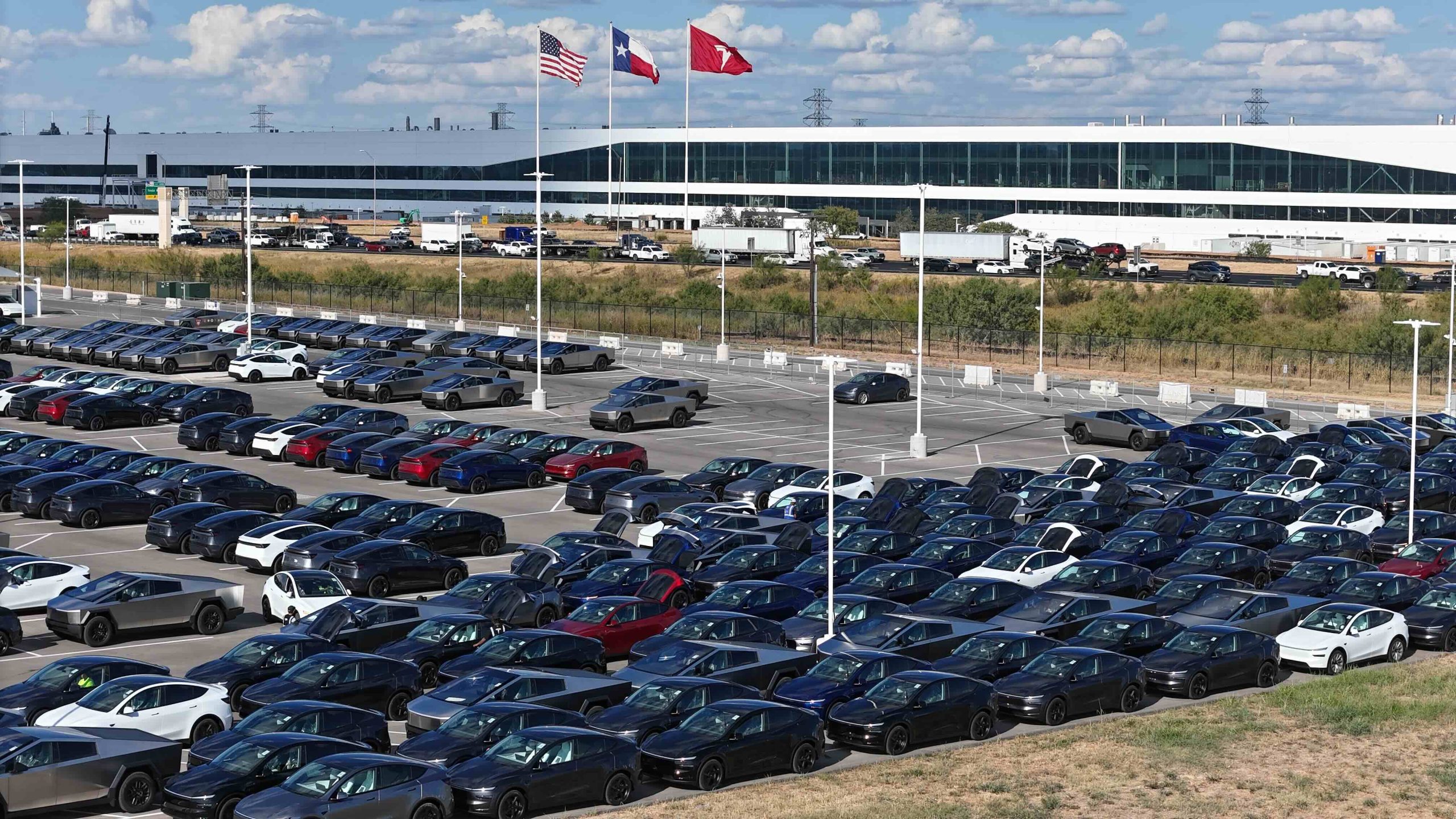
Tesla has made CEO Elon Musk’s new compensation package official, as it filed a Form 4 with the Securities and Exchange Commission (SEC) on Monday.
The package officially gives Musk the opportunity to acquire over 423 million shares of Tesla stock (NASDAQ: TSLA), dependent on his ability to achieve twelve performance-based tranches that will bring growth to the company and its shareholders.
Tesla (TSLA) shareholders officially approve Elon Musk’s 2025 performance award
Musk’s new compensation package was approved by investors last Thursday at the company’s Annual Shareholder Meeting, as over 75 percent of voters supported the CEO’s new plan, which could be valued at over $1 trillion if he is able to come through on all twelve tranches.
The twelve tranches include growth goals related to vehicle deliveries, the Optimus humanoid robot project, and Tesla’s valuation. If Musk is able to achieve each tranche, he would help Tesla achieve an over $8 trillion market cap.
The 12 tranches include:
-
$2 trillion market cap + Deliver 20 million Tesla vehicles cumulatively
-
$2.5 trillion market cap + Reach 10 million active Full Self-Driving (FSD) subscriptions
-
$3 trillion market cap + Deliver 1 million Optimus humanoid robots
-
$3.5 trillion market cap + Operate 1 million Robotaxis commercially
-
$4 trillion market cap + Hit $50 billion in adjusted EBITDA (earnings before interest, taxes, etc.)
-
$4.5 trillion market cap + Hit $80 billion in adjusted EBITDA
-
$5 trillion market cap + Hit $130 billion in adjusted EBITDA
-
$5.5 trillion market cap + Hit $210 billion in adjusted EBITDA
-
$6 trillion market cap + Hit $300 billion in adjusted EBITDA
-
$6.5 trillion market cap + Hit $400 billion in adjusted EBITDA
-
$7.5 trillion market cap + Hit $400 billion in adjusted EBITDA for four straight quarters in a row
-
$8.5 trillion market cap + Hit $400 billion in adjusted EBITDA for four straight quarters in a row
Achieving the twelve levels of the new compensation package would also give Musk what he’s really after: a larger ownership share in Tesla, which would help him achieve more control, something he feels is necessary for the rollout of the Optimus robot “army.”
Musk does not earn a dime if he does not achieve any of the tranches above.
This is an important thing to note, as much of the media coverage regarding Musk’s pay package seems to indicate that the company and the shareholders are simply giving the CEO the money. He has to come through on each of these tranches to unlock the $1 trillion.
-
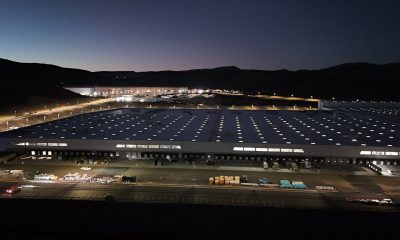
 News4 days ago
News4 days agoTesla shares rare peek at Semi factory’s interior
-

 Elon Musk4 days ago
Elon Musk4 days agoTesla says texting and driving capability is coming ‘in a month or two’
-
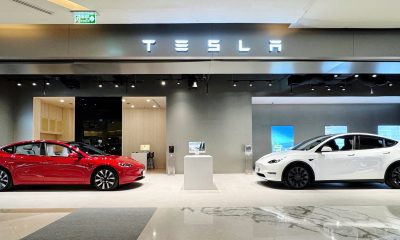
 News3 days ago
News3 days agoTesla makes online ordering even easier
-
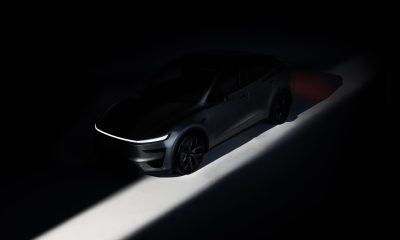
 News3 days ago
News3 days agoTesla Model Y Performance set for new market entrance in Q1
-
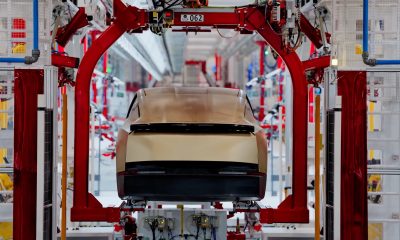
 News4 days ago
News4 days agoTesla Cybercab production starts Q2 2026, Elon Musk confirms
-

 News4 days ago
News4 days agoTesla China expecting full FSD approval in Q1 2026: Elon Musk
-
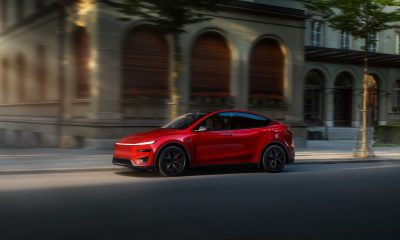
 News5 days ago
News5 days agoTesla Model Y Performance is rapidly moving toward customer deliveries
-
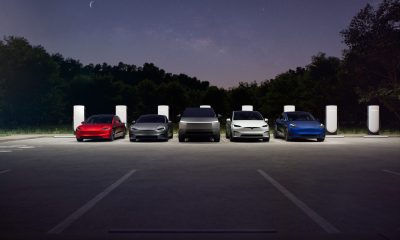
 News2 days ago
News2 days agoTesla is launching a crazy new Rental program with cheap daily rates

